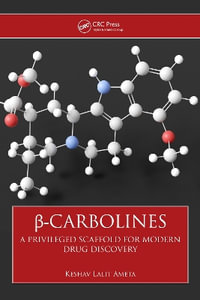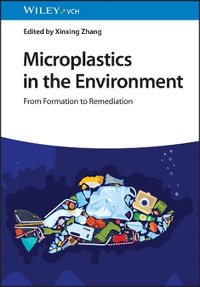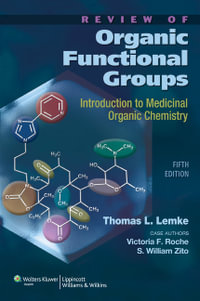
Polyampholytes
Synthesis, Characterization and Application
By: Sarkyt E. Kudaibergenov, Sarkyt E. Kudaibergenglishov
Paperback | 5 November 2012
At a Glance
Paperback
$187.31
Aims to ship in 7 to 10 business days
ISBN: 9781461351658
ISBN-10: 1461351650
Published: 5th November 2012
Format: Paperback
Language: English
Number of Pages: 228
Audience: Professional and Scholarly
Publisher: Springer Nature B.V.
Country of Publication: US
Dimensions (cm): 25.4 x 17.78 x 1.22
Weight (kg): 0.41
Shipping
| Standard Shipping | Express Shipping | |
|---|---|---|
| Metro postcodes: | $9.99 | $14.95 |
| Regional postcodes: | $9.99 | $14.95 |
| Rural postcodes: | $9.99 | $14.95 |
How to return your order
At Booktopia, we offer hassle-free returns in accordance with our returns policy. If you wish to return an item, please get in touch with Booktopia Customer Care.
Additional postage charges may be applicable.
Defective items
If there is a problem with any of the items received for your order then the Booktopia Customer Care team is ready to assist you.
For more info please visit our Help Centre.
You Can Find This Book In
This product is categorised by
- Non-FictionScienceChemistryOrganic ChemistryPolymer Chemistry
- Non-FictionScienceChemistryPhysical ChemistryCatalysis
- Non-FictionEngineering & TechnologyMechanical Engineering & MaterialsMaterials Science
- Non-FictionEngineering & TechnologyIndustrial Chemistry & Manufacturing TechnologiesIndustrial ChemistryPlastics & Polymers Technology
- Non-FictionScienceChemistryOrganic Chemistry
- Non-FictionScienceChemistryPhysical Chemistry
- Non-FictionEngineering & TechnologyIndustrial Chemistry & Manufacturing TechnologiesIndustrial Chemistry























